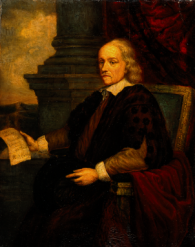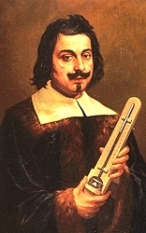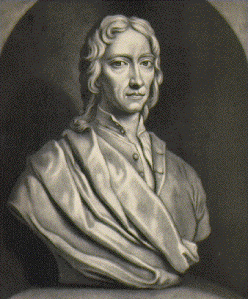The Sun is the centre of the universe and planets revolve around it.
How was it Discovered?
In 1499 Copernicus graduated from the University of Bologna, Italy; was ordained as a priest in the Catholic Church; and returned to Poland to work for his uncle. He was given the top room in a cathedral tower so he could continue his astronomy measurements.
At that time people still believed a model of the universe created by the Greek scientist, Ptolemy, more than 1500 years earlier. According to Ptolemy, the earth was the centre of the universe and never moved. The sun and the planets revolved around the earth in great circles, while the distant stars perched way out on the great spherical shell of space.
Copernicus hoped to use “modern” (sixteenth century) technology to improve on Ptolemy’s measurements. For almost 20 years Copernicus painstakingly measured the position of the planets each night. But his tables of findings still made no sense in Ptolemy’s model.
Over the years, Copernicus began to wonder what the movement of the planets would look like from another moving planet. When his calculations based on this idea more accurately predicted the planets’ actual movements, he began to wonder what the motion of the planets would look like if the earth moved. Immediately, the logic of this notion became apparent.
Each planet appeared at different distances from the earth at different times throughout a year. Copernicus realized that this meant Earth could not lie at the centre of the planets’ circular paths.
From 20 years he discovered that only the sun didn’t vary in apparent size. This means that the distance between the earth and the sun had to always remain the same.
The whole world and especially the all-powerful Catholic Church, believed in the Earth is the centre of the universe, so for fear of retribution from the church, he dared not to release his findings during his lifetime. They were made public in 1543.







